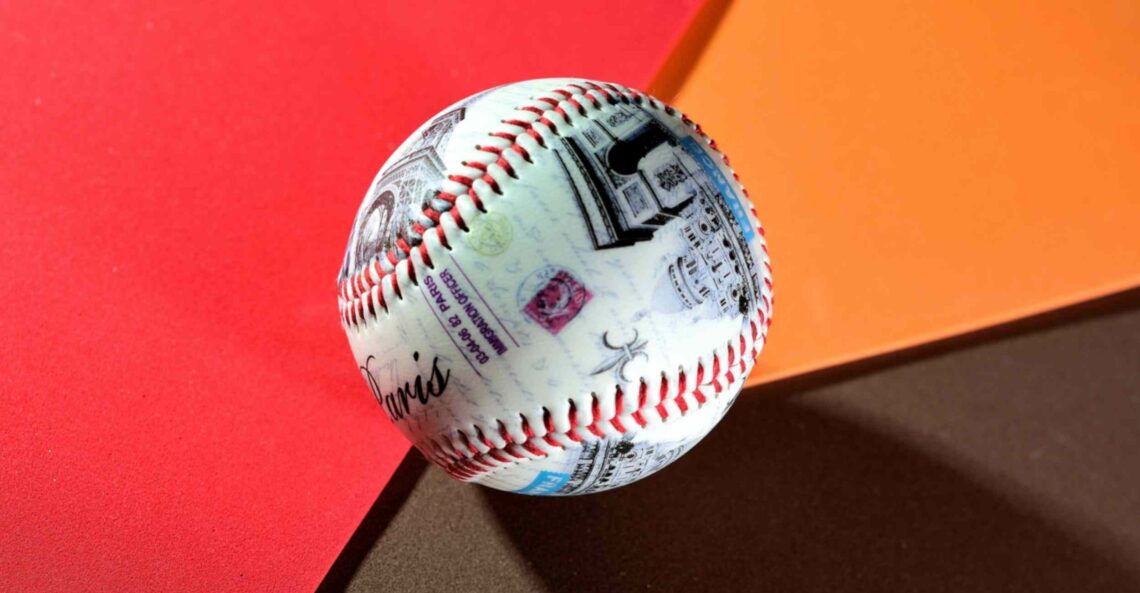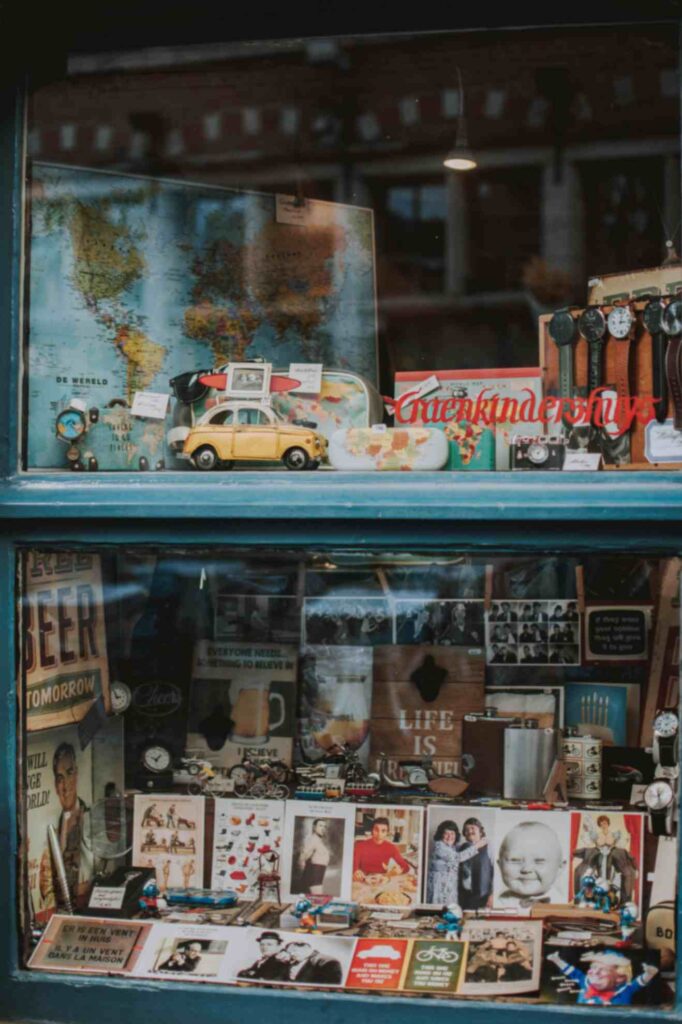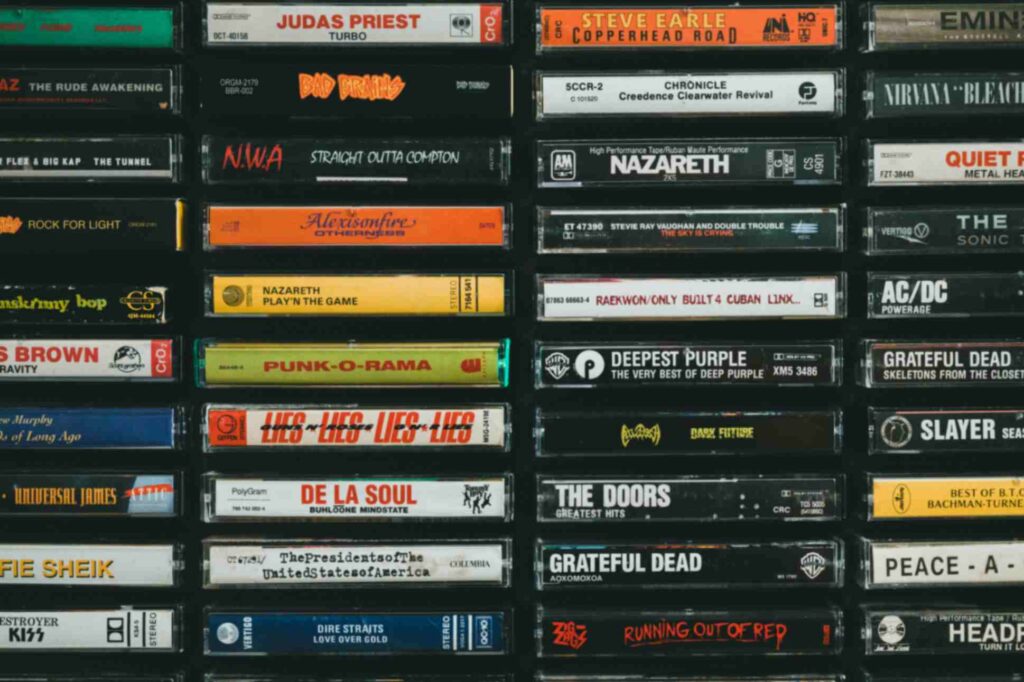
Relic Hunting: The Thrill of Collecting Historical Artifacts and Memorabilia
For some, it’s the faint smell of aged paper, the weight of a tarnished coin, or the texture of a jersey worn by a legend. For others, it’s the story behind the object—the invisible thread connecting them to a moment in time. Relic hunting, the passionate pursuit of historical artifacts and memorabilia, is more than a hobby; it’s a treasure hunt that blends history, emotion, and adrenaline. From signed sports gear to centuries-old letters, the world of relic collecting offers endless fascination and a unique thrill that keeps enthusiasts coming back for more.

The Allure of the Past
What drives someone to spend hours scouring auction sites, flea markets, or estate sales for a single item? For many collectors, it’s the chance to own a piece of history. Take sports memorabilia, for instance. A baseball signed by Babe Ruth isn’t just a ball—it’s a relic of an era when the Sultan of Swat dominated the diamond. Similarly, a letter penned by a historical figure like Abraham Lincoln carries the weight of their thoughts, preserved in ink. These objects are tangible links to the past, offering a glimpse into lives and events that shaped the world.
The appeal isn’t purely intellectual, though. There’s an undeniable rush in the hunt itself. Imagine uncovering a dusty box at a garage sale, only to find a program from the 1966 FIFA World Cup final, complete with autographs. That moment of discovery—the realization that you’ve stumbled upon something rare—ignites a spark that’s hard to replicate. It’s this blend of curiosity and excitement that turns casual enthusiasts into lifelong collectors.
The Many Faces of Relic Collecting
Relic hunting spans a vast range of interests. Sports fans chase autographed jerseys, game-worn helmets, or even stadium seats from legendary venues. History buffs seek out war medals, antique firearms, or documents from pivotal moments like the signing of the Declaration of Independence. Pop culture aficionados, meanwhile, might bid fiercely for a prop from their favorite film—think Indiana Jones’ whip or a lightsaber from Star Wars. Each niche has its own community, jargon, and market, but they all share a common thread: the pursuit of authenticity and rarity.
Authentication is a critical part of the game. A relic’s value hinges on proof of its origin, often requiring expert analysis or certificates of authenticity. A Michael Jordan rookie jersey might fetch millions if verified, but a fake could be worthless. This high-stakes detective work adds another layer of intrigue, as collectors become amateur historians, piecing together provenance through faded signatures, photos, or archival records.
The Challenges of the Chase
Relic hunting isn’t without its obstacles. The market is fiercely competitive, with prices soaring for the rarest items. In 2021, a Honus Wagner T206 baseball card sold for $6.6 million, making it one of the most expensive pieces of memorabilia ever. Such sums are out of reach for most, but even smaller finds—like a signed photo or a vintage ticket stub—can require significant investment in time and money.
Then there’s the risk of fraud. The memorabilia world is rife with forgeries, and even seasoned collectors can fall victim to a convincing fake. Online marketplaces have made it easier to buy and sell, but they’ve also opened the door to scams. Navigating this landscape demands diligence, research, and sometimes a leap of faith.
Sourcing relics is another hurdle. While auctions like Sotheby’s or Heritage Auctions offer high-profile lots, many collectors rely on less glamorous methods: estate sales, thrift shops, or word-of-mouth deals. The unpredictability is part of the thrill—success often comes down to persistence and a bit of luck.
More Than Objects: A Personal Connection
Beyond the hunt and the potential profit, relic collecting is deeply personal. Each item tells a story, and collectors often feel a bond with the history they preserve. A Civil War musket might evoke the struggles of a soldier, while a concert poster from Woodstock captures the spirit of a generation. For some, it’s about legacy—building a collection to pass down to their children. For others, it’s a way to celebrate their passions, whether that’s sports, music, or cinema.
The emotional payoff can be immense. John, a 45-year-old collector from Ohio, recalls the day he won an auction for a boxing glove signed by Muhammad Ali. “It wasn’t just about the glove,” he says. “It was about holding something that connected me to The Greatest—someone who inspired me growing up.” Stories like John’s highlight why relic hunting resonates so deeply: it’s a bridge between the collector and the icons or events they admire.
The Future of Relic Hunting
As technology evolves, so does the world of memorabilia. Digital platforms have made auctions more accessible, while blockchain technology is starting to authenticate items with unforgeable records. At the same time, the rise of digital collectibles—like NFTs—raises questions about what constitutes a “relic” in the 21st century. Will a virtual artifact ever carry the same weight as a physical one? For now, traditional relic hunters remain devoted to the tactile thrill of their craft.
Relic hunting is a journey fueled by passion, patience, and a love for the past. Whether it’s the roar of a crowd echoing through a faded ticket or the whisper of history in an old coin, these objects hold power beyond their material worth. For collectors, the true treasure isn’t just the relic itself—it’s the story it tells and the adventure of finding it.



